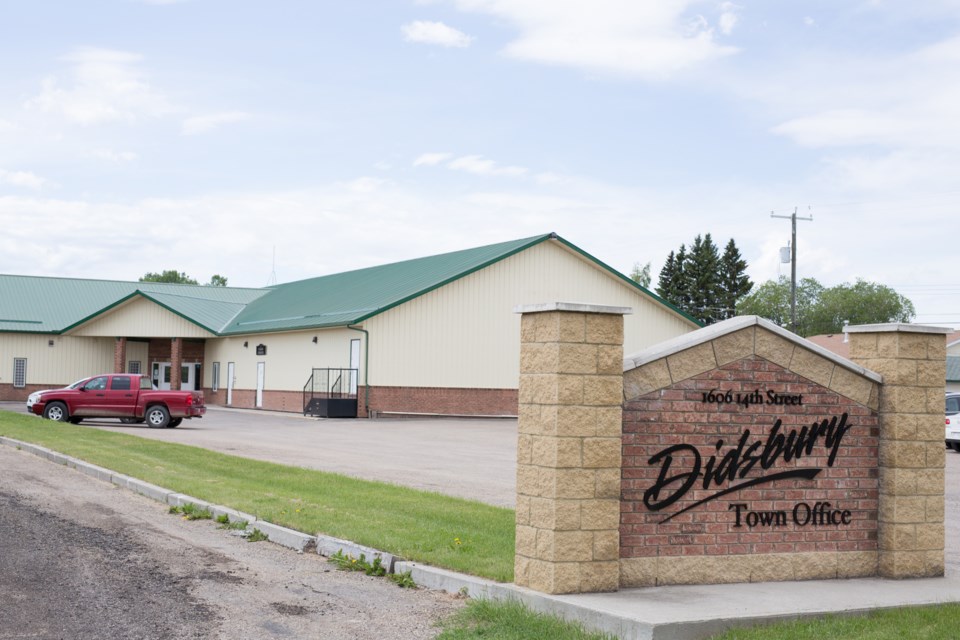DIDSBURY - Town council has approved a five-year asset management strategy framework designed to optimize asset utilization, reduce costs and provide value for service delivered to residents.
Coming by way of motion at the recent regularly scheduled council meeting, the 2024-2028 strategy does not come with a financial component, the decisions on specific expenses (such as new infrastructure) remain with council going forward.
“The strategy aims to create a framework that isn’t solely reliant on individual efforts, but instead integrates asset management into the organization through legislation, practices and training,” said chief administrative officer Ethan Gorner.
“The implementation of the strategy is expected to enhance the management of community infrastructure and position Didsbury for sustainable growth, representing a substantial leap forward in its asset management practices.”
The strategy sets out residential needs and expectations, including “neighbourhood safety, maintaining the long-term sustainability of community assets and amenities, actively seeking input from residents regarding new infrastructure, and employing effective financial planning to achieve these service goals,” the strategy states.
“Asset management will help to facilitate the efficient use of limited resources through prioritization that will analyze risk, condition and service levels.”
The strategy outlines eight specific strategic priorities, which set the focus for achieving the asset management’s goals and helps guide resource allocation.
• Incorporate asset management into fundamental town operations. “Asset management will be embedded into all town operations to ensure the organizational capacity for the program.
• Maintain a service-centric approach. “Asset management initiatives will align with the defined levels of service/optimal levels of service.”
• Foster environmental stewardship. “Sustainable stewardship of municipal assets will promote long-term viability (including) the implementation of environmentally friendly practices.
• Consider lifecycle costs in all decisions. “By considering the total cost of ownership, administration can present more accurate data and identify areas for cost savings/efficiency improvements.
• Effectively manage funding gaps. “Existing core infrastructure will be prioritized to preserve essential services before the implementation of new capital assets.”
• Adopt a prioritization approach based on value assessment. “Asset management will require a balance between the community’s wants and long-term needs.”
• Risk management. “All decisions will be made with an understanding of risk and weighed against a risk management framework.”
• Continuous improvement. “The town will maintain up to date asset management plans and documents to support decision-making as well as continuously evaluate and refine asset management practices to maximize the value of assets, ensure long-term sustainability, and achieve strategic goals.”
Strategic goals of the strategy include establishing a legislative framework to guide asset management planning, build a solid inventory listing across all asset classes (such as facilities, fleet, water, storm water, sanitary, and transportation network), and educate and incorporate the legislative framework.
Along with the previously approved asset management policy, the new strategy will be a key tool referenced in the town’s asset management program, which is currently under development.



